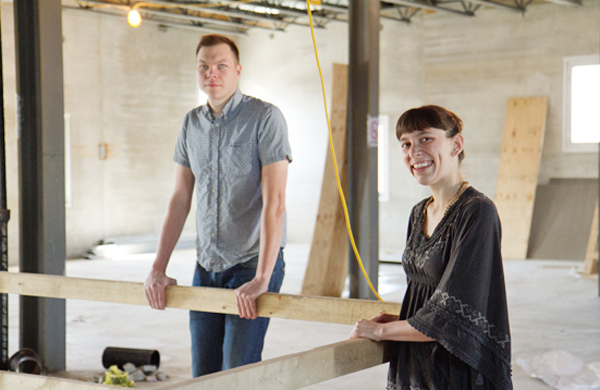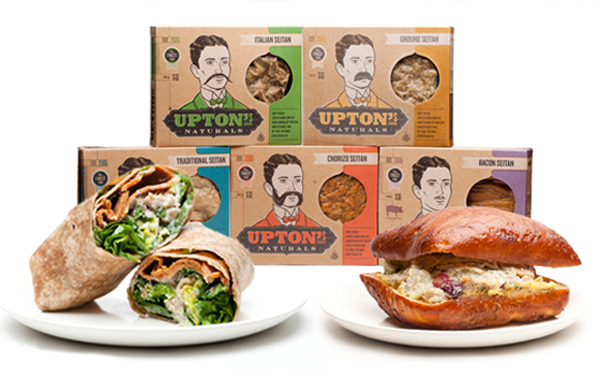GROUPON GUIDE TO CHICAGO
The Makers of Upton's Naturals Build Their Slaughterhouse-less Seitan Factory in Chicago
BY: Katie Cortese |Jul 25, 2013
BY:
Deals in Chicago

Golf Academy Membership for 1 or 3 Months
Sale Ends 11/3
True Motion Golf

Up to 91% Off on Cavitation at Peach Academy
Sale Ends 11/3
Peach Academy

Top Seller
Classical Yoga for the Modern Student
2528 W Armitage Ave, Chicago • 5.1 mi
Sale Ends 11/3
Moksha Yoga Center
Deals in Chicago Other Deals in Chicago

Trending
Up to 81% Off Food Sensitivity & Gut Health Testing
Sale Ends 11/3
Food Sensitivity & Gut Health Test at Advanced Food Intolerance Labs

PDO Thread Lift at Skinovatio Medical Spa - Gold Coast (Up to 52% Off)
1009 N Rush St, Chicago • 3.7 mi
Sale Ends 11/3
Skinovatio Medical Spa - Gold Coast

Trending
Clear Vision with LASIK Surgery for Both Eyes, Expert Care Included!
22 W Washington St., Chicago • 2.6 mi
59% discount_off
Vision One LASIK Center
 A new manufacturing plant is going up along Grand Avenue in West Town on a lot that had been vacant for 30 years. Three stories of concrete slabs and metal beams form what will be the new home of
A new manufacturing plant is going up along Grand Avenue in West Town on a lot that had been vacant for 30 years. Three stories of concrete slabs and metal beams form what will be the new home of  Putting Chicago on the Map for Meat Alternatives
Putting Chicago on the Map for Meat Alternatives